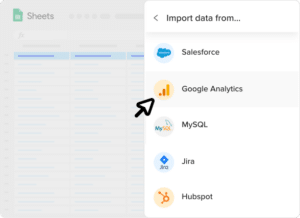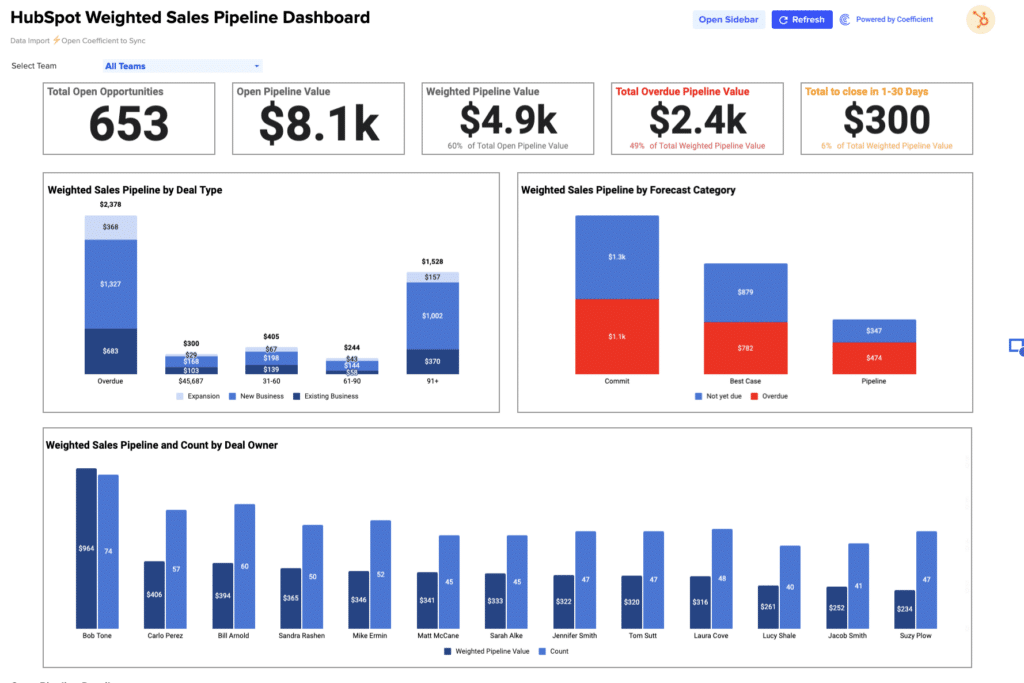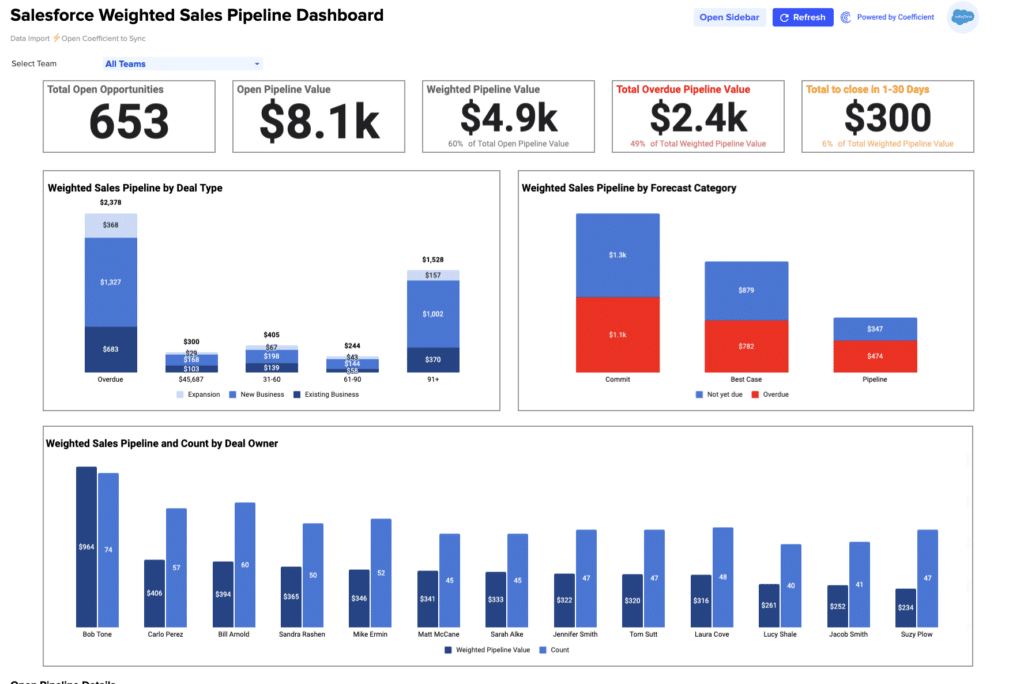Debt-to-Equity Ratio = Total Liabilities / Total Shareholders’ Equity
Access a comprehensive Debt-to-Equity Ratio calculator designed specifically for finance professionals.
This easy-to-use calculator is perfect for quickly assessing your company’s financial leverage and health.
How to Calculate Debt-to-Equity Ratio?
- Total Liabilities: Gather all current and non-current liabilities from your company’s balance sheet.
- Total Shareholders’ Equity: Compute the total equity attributable to shareholders, which includes common stock, retained earnings, and additional paid-in capital.
What is Debt-to-Equity Ratio?
The Debt-to-Equity Ratio is a financial metric that compares a company’s total liabilities to its shareholder equity. It is often used to evaluate a company’s leverage and the extent to which it is financing operations through debt versus wholly owned funds.
Why is Debt-to-Equity Ratio Important?
This ratio is pivotal for investors and lenders as it provides a snapshot of the company’s financial stability and risk level. A high ratio might indicate that a company is too dependent on debts, which could be risky during economic downturns.
Calculating Debt-to-Equity Ratio Example with Numbers
Consider a business with total liabilities of $100,000 and total shareholder equity of $50,000.
Debt-to-Equity Ratio = Total Liabilities / Total Shareholders’ Equity = $100,000 / $50,000 = 2. This means the company has twice as much debt as it has equity, indicating substantial leverage.
How to Improve Debt-to-Equity Ratio
- Reducing Total Liabilities: Decrease your company’s debt levels by paying off loans early or refinancing debt under more favorable conditions.
- Increasing Shareholder Equity: Encourage further investment into the company, or retain more earnings instead of distributing them as dividends.
- Balancing Growth and Financing: Strive for balanced growth funded by a healthy mix of debt and equity.
- Financial Restructuring: Consider restructuring financial obligations to improve balance sheet health.
- Monitor and Evaluate: Regularly review financial statements to identify trends and make adjustments accordingly.
How to Calculate Debt-to-Equity Ratio in Google Sheets and Excel?
- Step 1: Enter total liabilities in cell A1.
- Step 2: Input total shareholders’ equity in cell B1.
- Step 3: In cell C1, use the formula =A1/B1 to find the Debt-to-Equity Ratio.
Drawbacks of Debt-to-Equity Ratio
- Not Industry Specific: Different industries have varying standards for acceptable ratios.
- Time Sensitivity: External economic conditions can skew the ratio temporarily.
- Does Not Address Asset Quality: Does not differentiate between different types of assets or liabilities.
When to Use the Debt-to-Equity Ratio Calculator?
Use this calculator during financial reviews, investment analysis, or when assessing a company’s ability to meet its financial obligations.
Debt-to-Equity Ratio Calculator: Tips and Tricks
- Scheduled Updates: Use scheduled data refreshes to always have the latest figures.
- Visual Alerts: Set up conditional formatting to highlight debt levels that exceed industry norms.
- Historical Comparisons: Monitor changes over time to spot trends or unexpected shifts in financial leverage.













